SERENA ECOSERVIZI
Main menu:
- Home Page
- About us
- Hygien environmental
- Cleaning services
- Catalog
- OFFERS
- OUR PROJECTS
- Blog
Termites
Hygien environmental > Pest Control > Weed
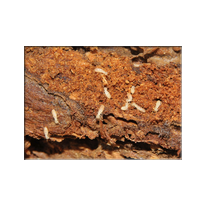
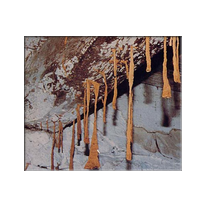
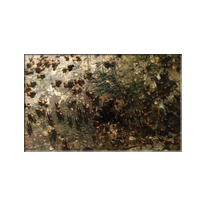
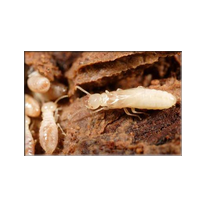
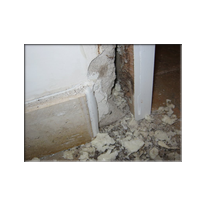
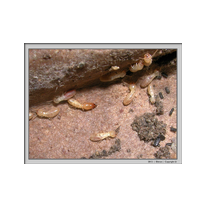
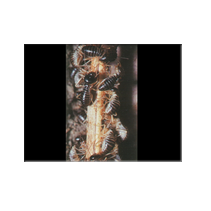

Termites (Isoptera) are winged insects that as well as the ants live in large colonies to form caste and society.
They are winged insects, meiotteri or wingless, with liveries of uniform colors, pale or very bright, and with exoskeleton usually weak or mediocre consistency.
The colony or termitatio remains confined in the stable of the nest or protected walkways, built to carry out the plot similar to cords earth against the walls of damp walls or hanging like stalactites from ceilings and beams, are a clear sign of termite infestation.
A differnza borers, termites do not 'pierce' the wood, in fact shows no symptoms visible from the outside: the termite empties inside and respects the surface layers, without holes or produce its sawdust of any kind.
The relentless work of excavation of the workers, usually remains hidden from our eyes, making it difficult to identify in time, before they cause disruption or failure of the final timber.
They have a polymorphism anfipecilico, with males and females fertilized initially winged males and sterile females (workers and soldiers) always wingless, monomorphic or polymorphic.
Termites are wood-boring organisms (ie devour wood), their ecological importance due to the fact that the equivalent of one third of all the matter produced by plants each year is devoured by them. In a terrestrial ecosystem, the production of living matter is almost uninterrupted, and if it were to be demolished at the speed with which that is formed after a short time the system would be in crisis because it would lack the space for new organisms, both materials to continue production. The destruction of the wood, the other parts of the plant and other organic residues, ensures the release of nutrients in the soil that, in this way, becomes fertile.
With their strong jaws they shatter the wood mass and eat it, also the food is distributed among the individuals of the colony by the mouth-to-mouth regurgitation (trophallaxis oral-oral), or even by oro-anal trophallaxis.
With trophallaxis termites also pass the symbiotic bacteria and protozoa. The bacteria are useful for the digestion of cellulose, they transform into lipids. Very often they are accommodated in protozoa that, in exchange for lipid nutrients, provide them with the right environment and other metabolic products.
Only a small part of the protozoa is digested by termites, which protein food to compensate for the lack of protein in the wood. It has, therefore, a cooperation between the populations of bacteria and protozoa, in which the bacteria can actively co-operation between the termite and the community of microorganisms that live in your intestines. This cooperation leads to the biotope and biocenosis closes the trophic chain of ecosystems inhabited by termites.
Sub-Menu: